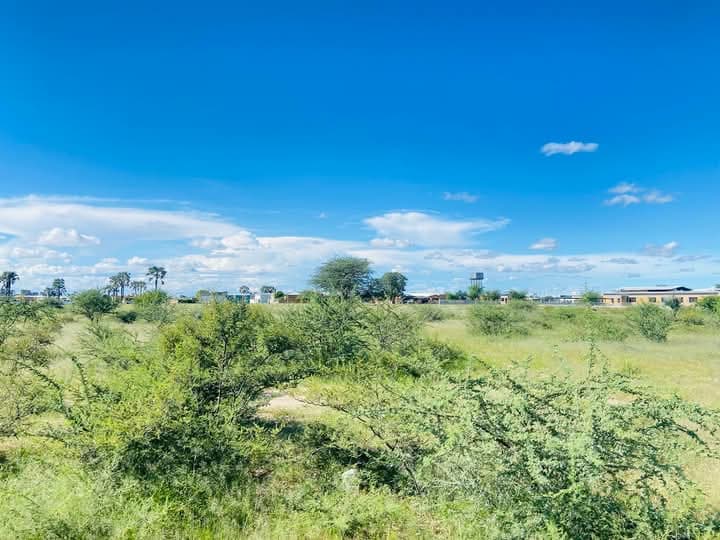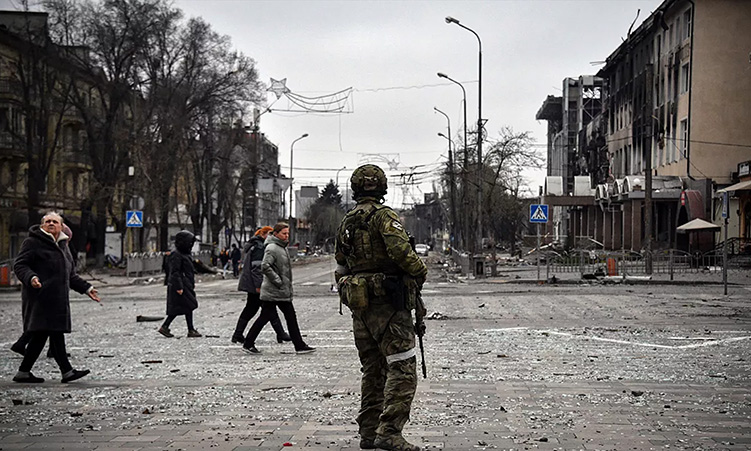TONNES of crayfish – regardless of their sizes – are being hauled from the low-water rocks between Dolphin Beach and Mile 4, north and south of Swakopmund.
The reason for the bounty is a plankton bloom (a type of red tide) over the weekend, which absorbed oxygen, causing marine life to surface in a desperate search for air, with many of them dying as a result. Apart from the thousands of seabirds flocking to the shallow waters to feed on the “seafood buffet” – consisting of shrimp, sole, sharks, eels, octopuses and crayfish – men, women and children also converged on the rocks along the shore, groping and grabbing for crayfish in pools and rock crevices.Bags and bags were filled with this delicacy.The law permits seven reasonably sized crayfish per person per day, but in this instance, people are taking out thousands of undersize crayfish to sell.Sources in the Ministry of Fisheries and Marine Resources say fishing inspectors have had their hands full since Saturday because of people grabbing as much crayfish as they could – in most cases breaking the law.The crayfish open season ends at the end of April.The Ministry sources said the law remained the same whether there was a red tide or not, and that there were no special circumstances.The unbridled harvesting is negatively affecting the crayfish stock, experts say.Those collecting crayfish have been urged to take undersize ones to the Swakopmund Aquarium, from where they will be returned to the sea in areas where there is no red tide.People are also warned to only eat crayfish that are found alive – dead ones can cause food poisoning.Shellfish such as mussels should also not be eaten during a red tide, because they are filter feeders and toxins released by rotting plankton concentrate in them.Apart from the thousands of seabirds flocking to the shallow waters to feed on the “seafood buffet” – consisting of shrimp, sole, sharks, eels, octopuses and crayfish – men, women and children also converged on the rocks along the shore, groping and grabbing for crayfish in pools and rock crevices.Bags and bags were filled with this delicacy.The law permits seven reasonably sized crayfish per person per day, but in this instance, people are taking out thousands of undersize crayfish to sell.Sources in the Ministry of Fisheries and Marine Resources say fishing inspectors have had their hands full since Saturday because of people grabbing as much crayfish as they could – in most cases breaking the law.The crayfish open season ends at the end of April.The Ministry sources said the law remained the same whether there was a red tide or not, and that there were no special circumstances.The unbridled harvesting is negatively affecting the crayfish stock, experts say.Those collecting crayfish have been urged to take undersize ones to the Swakopmund Aquarium, from where they will be returned to the sea in areas where there is no red tide.People are also warned to only eat crayfish that are found alive – dead ones can cause food poisoning.Shellfish such as mussels should also not be eaten during a red tide, because they are filter feeders and toxins released by rotting plankton concentrate in them.
Stay informed with The Namibian – your source for credible journalism. Get in-depth reporting and opinions for
only N$85 a month. Invest in journalism, invest in democracy –
Subscribe Now!










